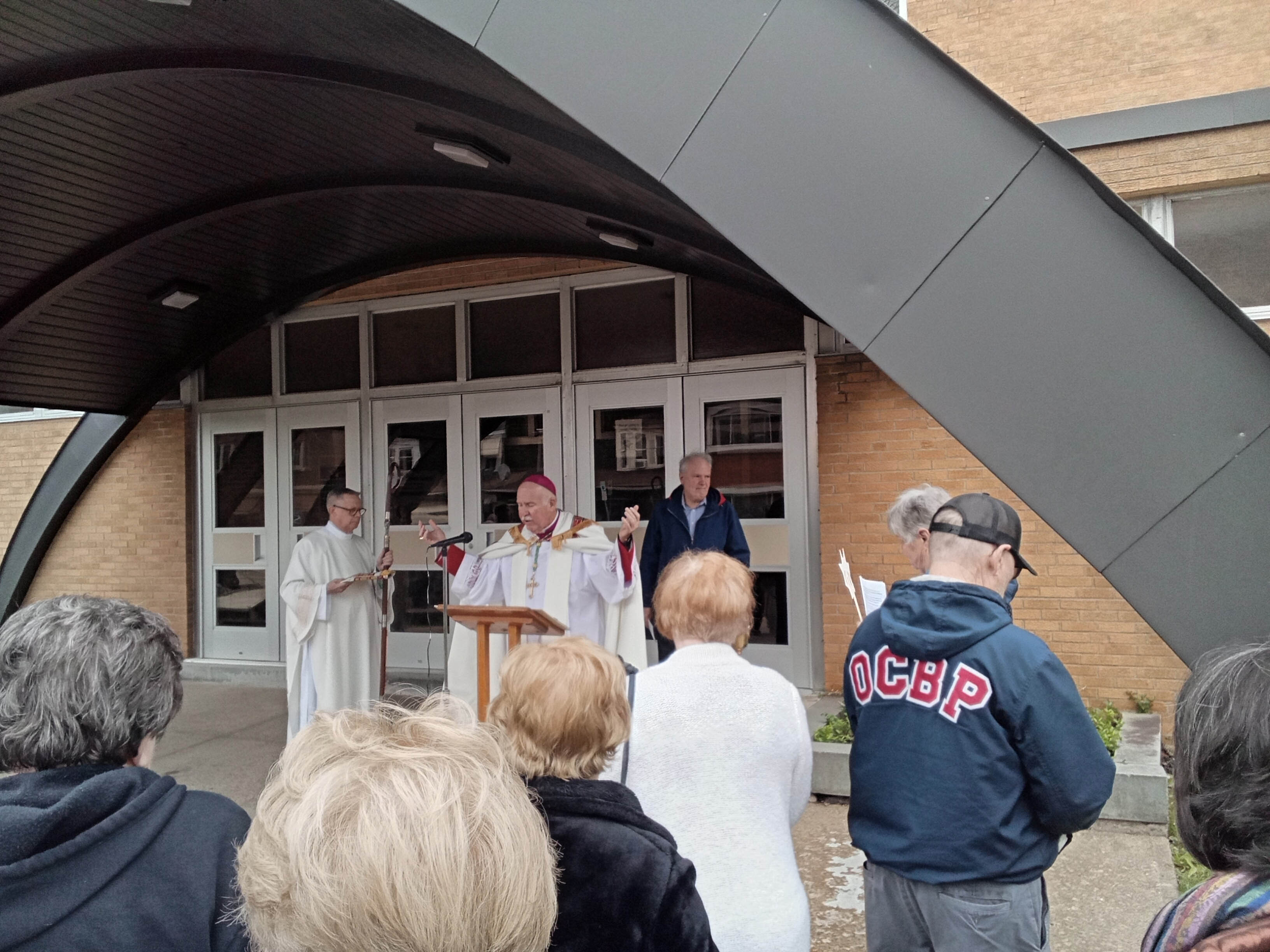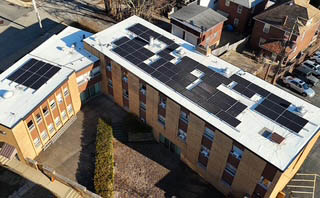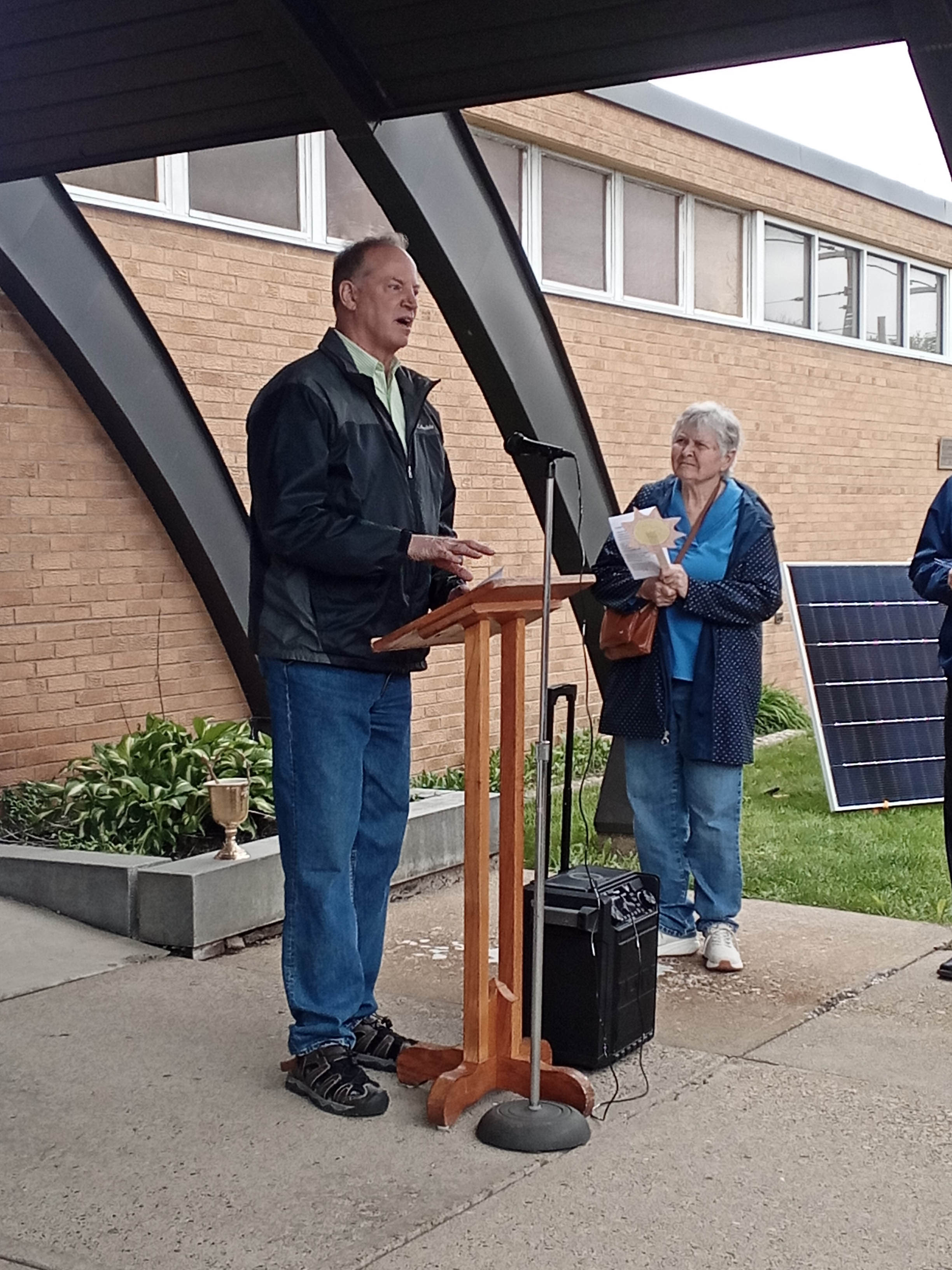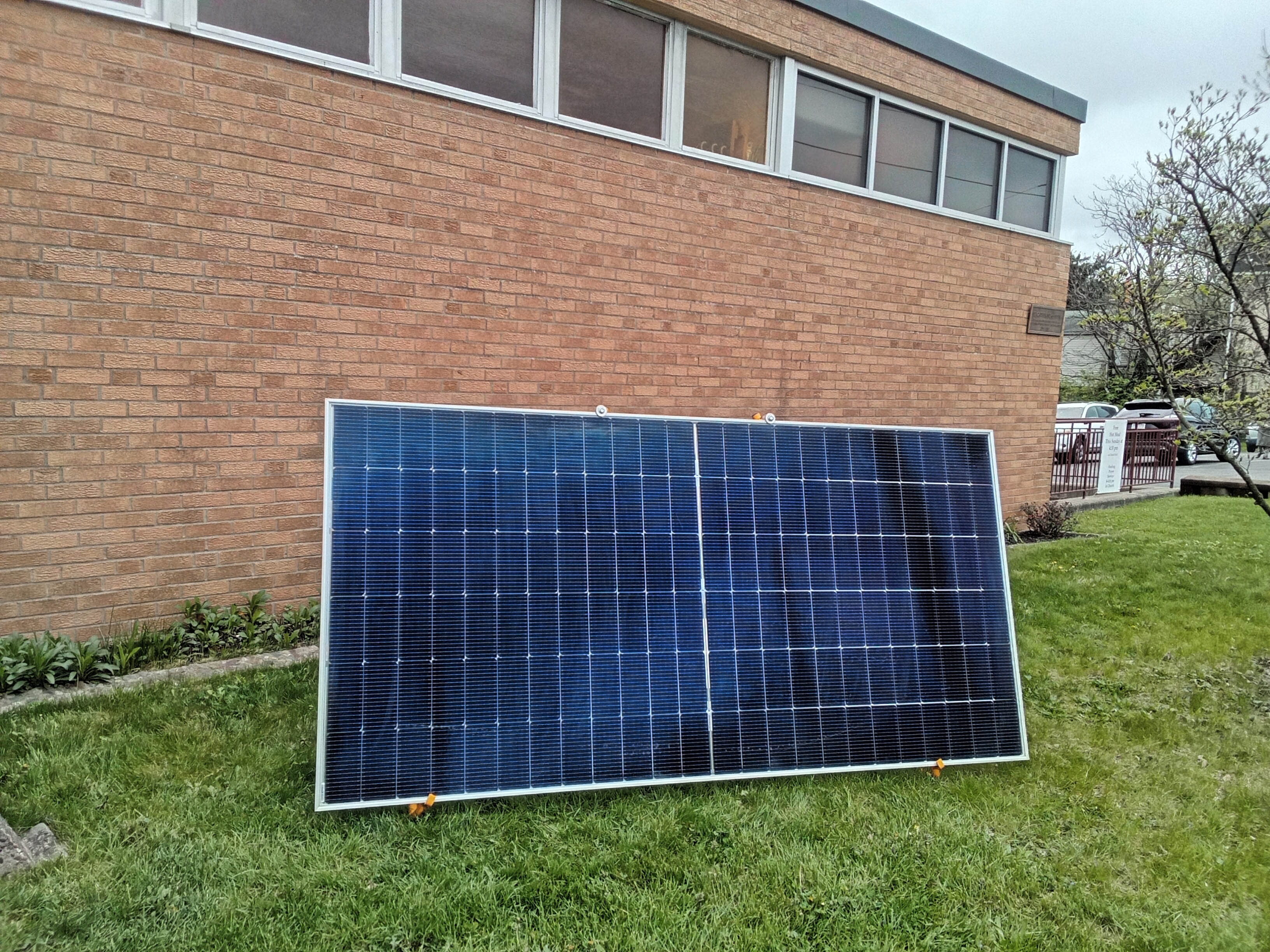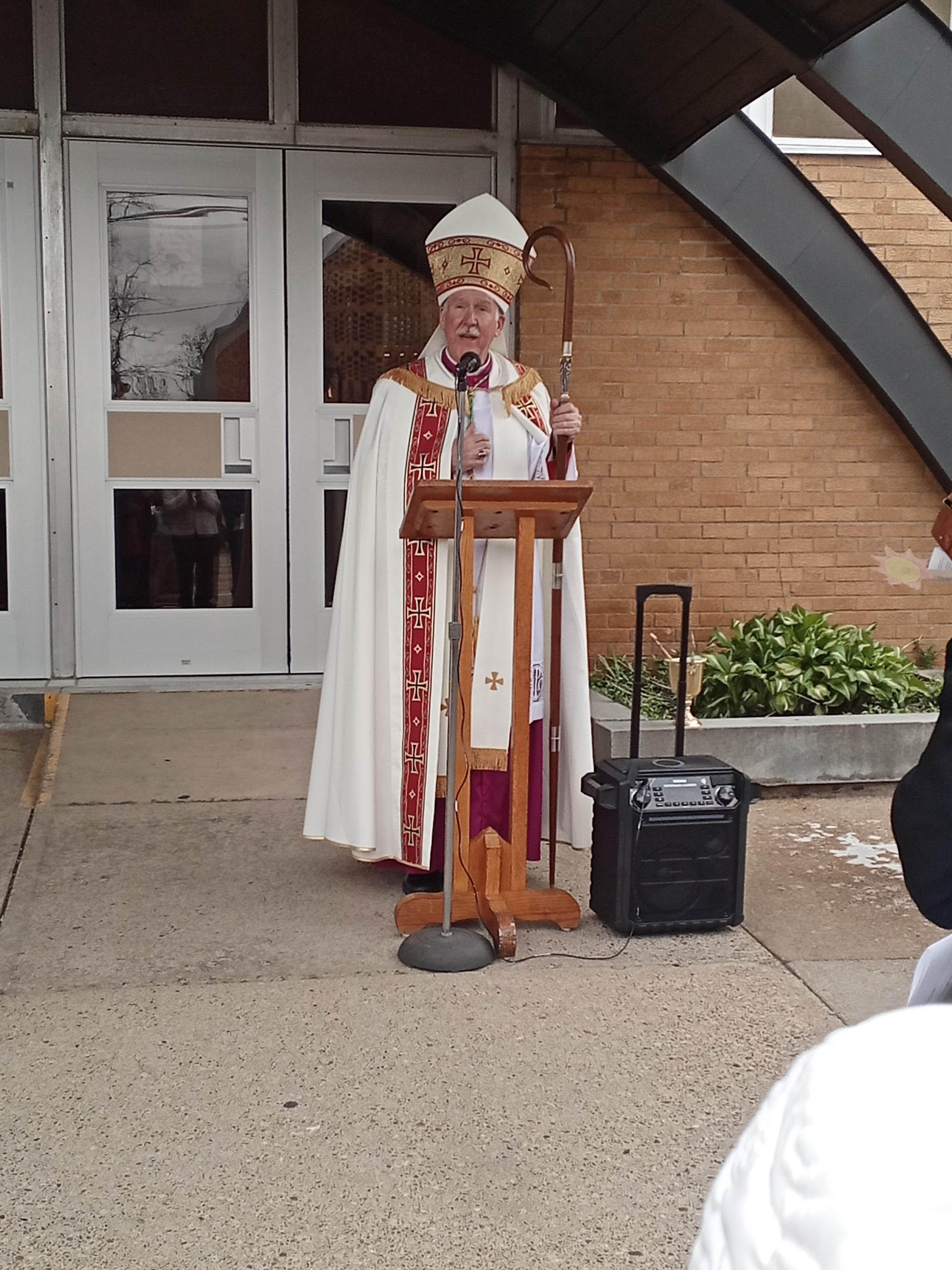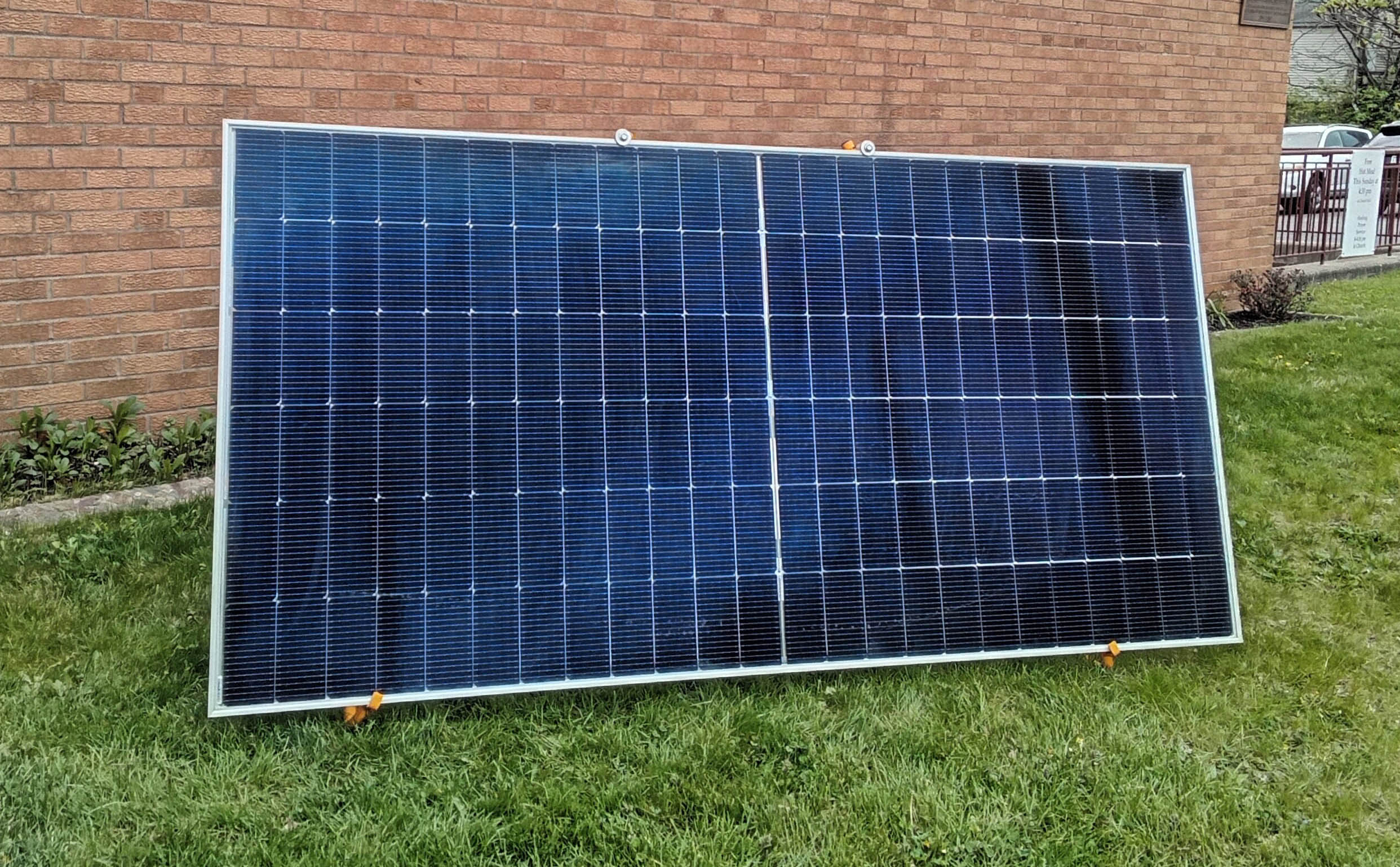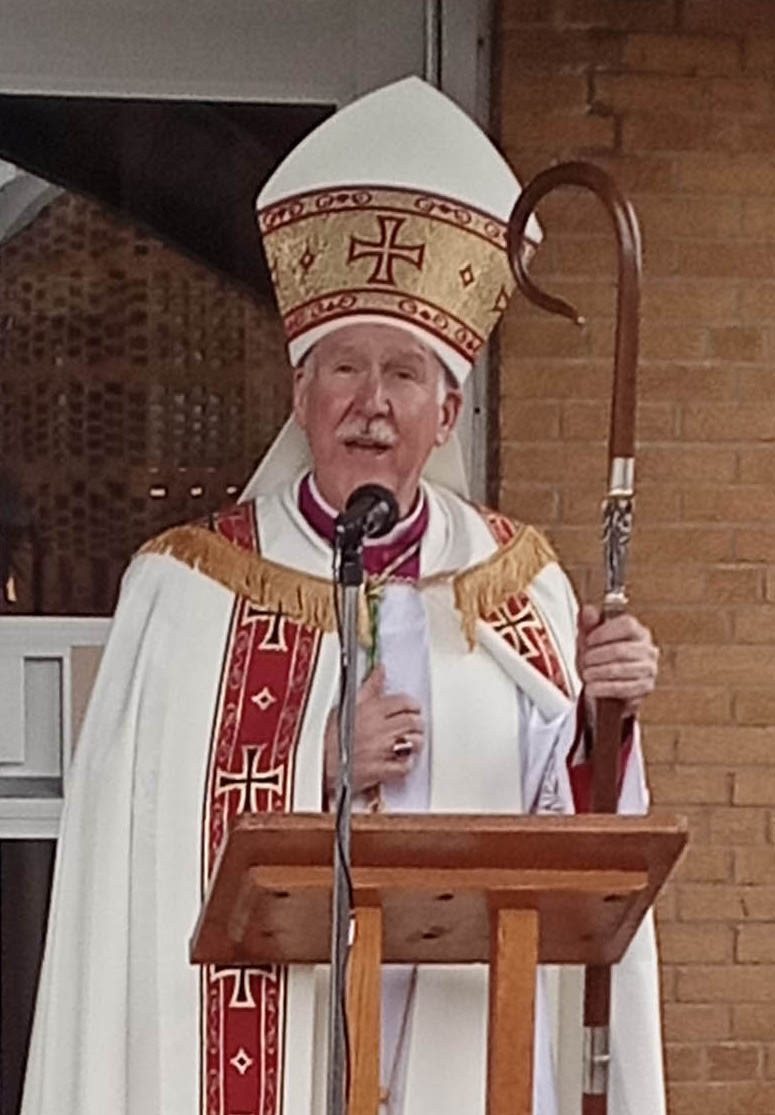
Pittsburgh PARISH IN SOUTH HILLS goes solar in a big way
When it’s sunny all day, Chuck Rakaczky is a happy man.
The business manager of the St. Teresa of Kolkata Roman Catholic Parish in Brookline and Beechview can check an app on his cell phone to see the kilowatt-hours of electricity being generated on a daily basis by the church’s new solar system, which promises to supply 90% of the parish’s entire electricity needs for the year.
Rakaczky is almost as happy when it’s cloudy or overcast.
“The newer, more efficient solar panels the church installed can generate some electricity even on cloudy days,” he noted.
So far, the system is living up to expectations, and with our recent long stretch of clear, sunny weather in Western Pennsylvania, the electricity produced may even exceed the church’s requirements.
“When the system generates more electricity than is needed by the parish, the excess goes back into the grid, and the church receives a credit on its electric bill,” Rakaczky said.
Work on the solar system began in January and the new system was up and running by the end of March, in time for a blessing ceremony in April by Bishop Mark Eckman. Then-Auxiliary Bishop Eckman became bishop of the Pittsburgh Diocese in July, when Bishop David Zubik retired.
The blessing ceremony for a solar system was a first for the diocese and is the first solar system installed by a Catholic parish in the Pittsburgh Diocese.
“Other parishes will follow, we hope, so all can be a light for one another,” Bishop Eckman said at the ceremony.
The idea to go solar was sparked by a presentation given last year by Chris Peta, a retired engineer and business account manager for Schneider Electric who has launched Laudato Sol, a nonprofit to promote the benefits of solar-powered energy.
Peta found a receptive audience at St. Teresa in the form of the parish group “Care for Creation,” which works to foster better stewardship of the environment.
One of the group’s recent efforts was the “Adopt a Plot” planting project, in which the group used a small grant from the Sisters of St. Joseph to buy rain barrels for three parish sites, and to plant flower gardens to aid in the beautification and conservation of the sites.
Peta said Rev. James Bachner, the parish priest at the time of his presentation, was very supportive of installing a solar system.
The diocese also sees the project as a possible example for other parishes that may want to install solar systems. Solar power can not only mitigate rising electricity costs but help the environment by “harvesting the sun” to create pollution-free energy, he said.
Installed by Energy Independent Solutions of Carnegie, the system cost the parish $295,000. The money was raised through the sale of church property no longer needed by the parish.
Rakaczky said the solar array is projected to save the parish $60,000 a year on electricity with the entire system paying for itself in less than six years.
The system consists of 171 panels capable of generating 150 kilowatt-hours of electricity. The panels are perched atop three parish buildings: the former school, the St. Catherine of Siena Church and the rectory.
Rakaczky said the buildings were chosen because they have flat roofs facing south, ideal placement for solar panels to generate the maximum amount of electricity.
The Pennsylvania Solar Center, a nonprofit dedicated to expanding the benefits of solar energy to all Pennsylvanians, this year awarded St. Teresa of Kolkata its Lodestar Award given to Pennsylvania organizations for investing in clean and renewable solar energy.
The parish was one of 19 2025 honorees, along with the Audubon Society of Western Pennsylvania, East Vandergrift Borough and the Pennsylvania Trolley Museum.
Sharon Pillar, founder and executive director of the Pennsylvania Solar Center, said, “Solar is becoming an increasingly big player in the energy landscape, thanks to its cost-efficiency and sustainability.”
She said the project at St. Teresa stood out for her as an example of a group of people working together to achieve its goal, but it serves a larger purpose as well.
“Solar runs at peak demand times, reducing overall energy demand on the grid, helping everybody,” she said.
Bob Podurgiel is a freelance writer from Carnegie.
